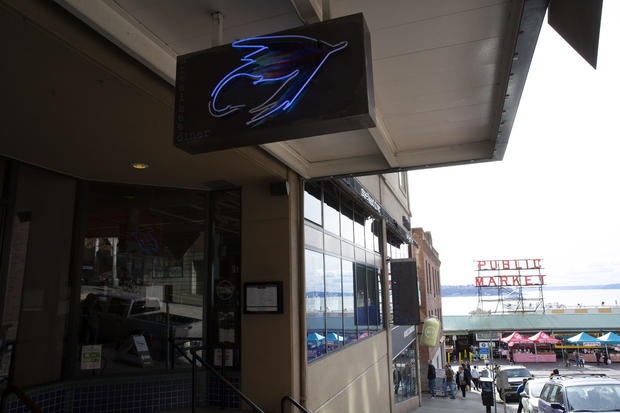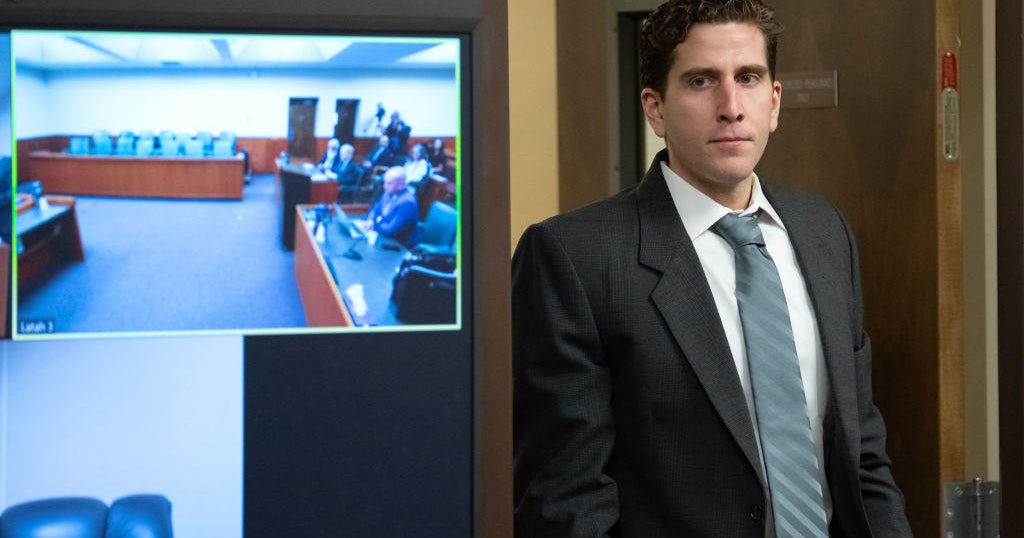Washington state will soon let restaurants reopen — but only if they keep a record of all their customers
Washington state is letting restaurants reopen — but with several caveats. Governor Jay Inslee released a four-phase plan on Monday and included in its second phase was a set of requirements on how customers would be allowed in again.
The reopening of restaurants could begin as soon as June 1. For restaurants offering dining-in service, they will now have to keep a record of patrons' phone numbers, email addresses and time in to help with contact tracing.
"If the establishment offers table service, create a daily log of all customers and maintain that daily log for 30 days, including telephone/email contact information, and time in. This will facilitate any contact tracing that might need to occur," the document of Inslee's Phase 2 dining-in requirements reads.
Other criteria include parties at tables must be five guests or fewer – and each table should be at a minimum of 6 feet away from other patrons or a physical barrier separating them. Guest occupancy must also be at 50% of maximum building capacity or lower. Additionally, the businesses are encouraged to require customers to use face covering when interacting with their staff. Single-use menus are required for in-person dining. Similarly, condiments must all be single-use – or sanitized after each use.
However, restaurants and states like Washington may have more to consider as they reopen. A group of researchers say the air flow inside a restaurant is critical to reducing the chances of transmitting COVID-19, and that virus particles caught up in a room's air circulation can spread farther than the precautionary six-foot social distancing guideline.
"When a virus is caught up in an air stream, it has the potential to move much further than six feet," Professor Kevin Van Den Wymelenberg told CBS News' Omar Villafranca.
Moving forward, Wymelenberg said buildings' air systems would be part of the conversation on how to keep people safe from COVID-19 and other viruses.





